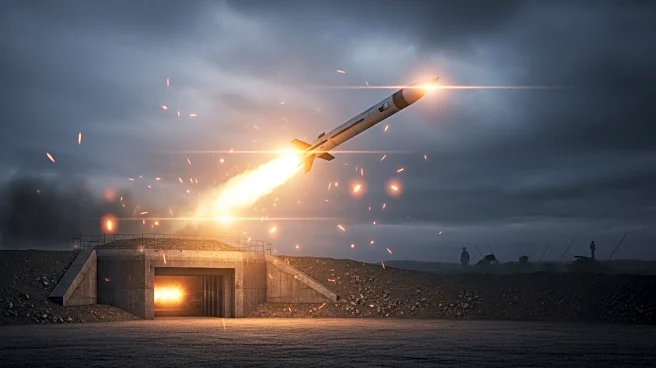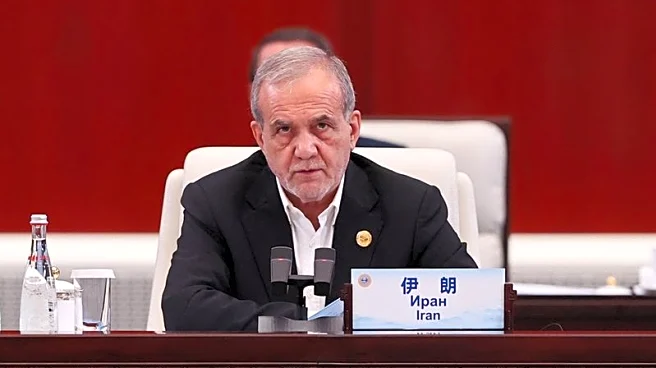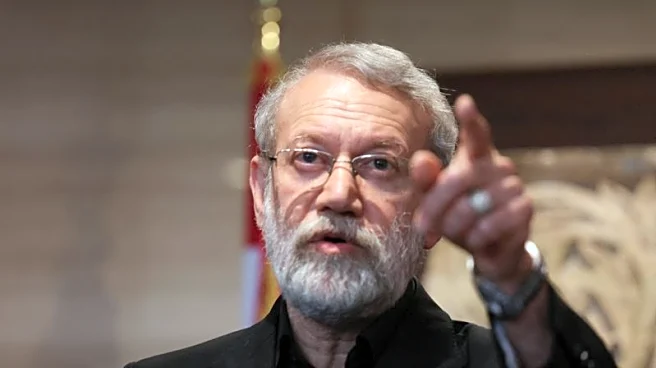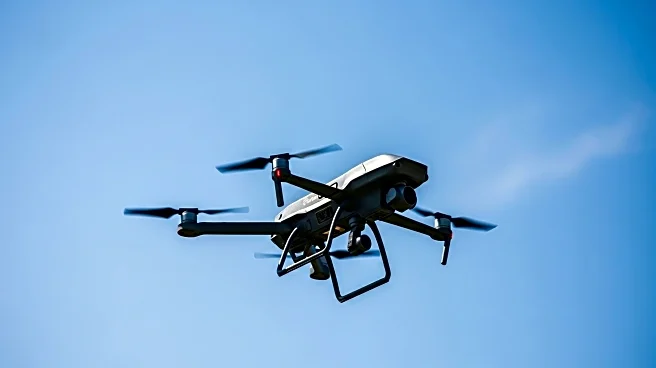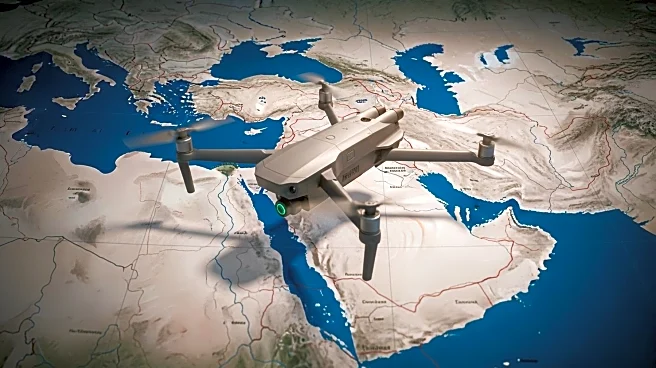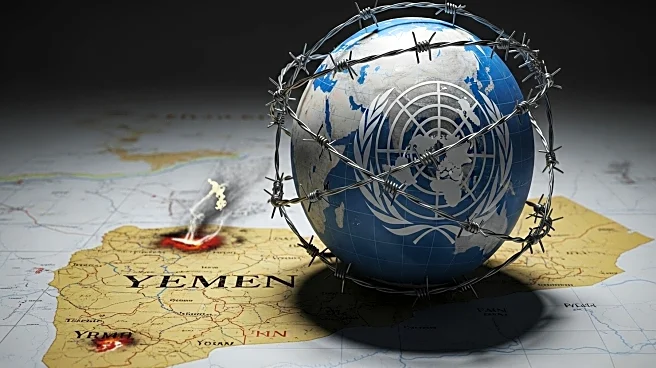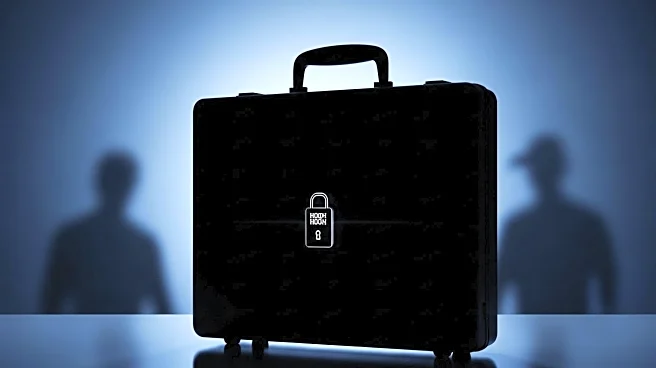What is the story about?
What's Happening?
In June, Israeli jets targeted an underground bunker in western Tehran, aiming to assassinate Iranian President Masoud Pezeshkian and other high-ranking officials. The bunker, located 30 meters inside a mountain slope, was hosting a meeting of Iran's Supreme National Security Council. Israeli intelligence reportedly tracked the officials' location by hacking the phones of their bodyguards. The airstrike destroyed the bunker’s entrances and exits, killing bodyguards outside but failing to eliminate those inside. President Pezeshkian was lightly wounded by shrapnel and managed to escape through debris. The attack has heightened tensions between Israel and Iran, with Iran accusing Israel of espionage and arresting 21 individuals for spying.
Why It's Important?
This incident underscores the ongoing geopolitical tensions between Israel and Iran, particularly concerning espionage and military actions. The airstrike represents a significant escalation in hostilities, potentially impacting regional stability and international relations. The use of advanced technology for intelligence gathering highlights vulnerabilities in security protocols, especially concerning mobile phone usage by security personnel. The event may lead to increased security measures and heightened alertness among Iranian officials, affecting diplomatic engagements and military strategies in the region.
What's Next?
Iran is likely to enhance its security measures, including increasing the number of bodyguards and implementing stricter protocols to prevent further intelligence breaches. The incident may prompt retaliatory actions from Iran, potentially escalating military confrontations. International diplomatic efforts might be necessary to mitigate tensions and prevent further escalation. The situation could influence global discussions on cybersecurity and intelligence operations, emphasizing the need for robust security frameworks.
Beyond the Headlines
The reliance on technology for intelligence gathering raises ethical and legal questions about privacy and surveillance. The incident highlights the risks associated with digital communication and the importance of secure communication channels for government officials. It may lead to broader discussions on the balance between national security and individual privacy rights, influencing future policies on cybersecurity and intelligence operations.
AI Generated Content
Do you find this article useful?
